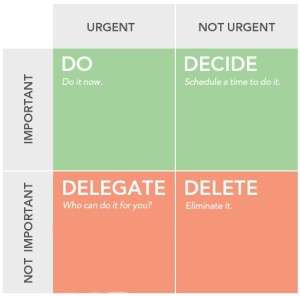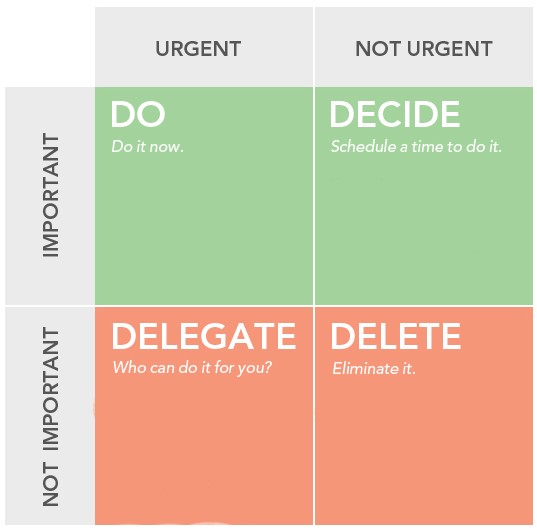By Parker Conley
The Oddly Familiar Issues Addressed in Speech and Debate Members’ Oratories
Ten minutes, alone on stage, no note cards, no posters, just you, the judges and the audience. After practicing for hours on end memorizing a speech you wrote. The nerves may be frightening, however, once on stage, the practice becomes worth it. The countless hours triumph over the nerves. Similar to Track and Field, Speech and Debate consists of various events. The Speech and Debate oratory event provides students a chance to speak about a social issue and propose a solution to that issue. Students write their speech, memorize it, then perform it at tournaments throughout the year with an overall goal of winning the tournament. Tempe Prep students Violeta Panayotova, Clara Moffitt, and Stella Lovelady describe the social issues they are addressing in their oratories.
Violeta Panayotova: Blind Trust
After spilling the hot tea with your new BFF, your new BFF spills the tea without your knowledge. Not your BFF anymore, huh? But seriously, a feeling of betrayal is one which everyone seeks to prevent. Violeta presents multiple examples of blind trust resulting in betrayal, one being sanctuary cities and “how immigrants are going to sanctuary cities without actually understanding what is happening in sanctuary cities.” Another, domestic violence. The overarching solution to this problem is to become more informed. In simpler terms, “understanding who our best friend is before we spill any tea.”
Clara Moffitt: Generational Disconnect
Deemed by the Baby Boomers and GenXs as “selfish, lazy tide pod eaters,” the iGen’ers experience a generational disconnect which Clara identifies and proposes a solution to in her oratory. It is not that the iGen’ers are perfect, it is that generations accusing the iGen’ers committed similar problems when they were young. If in the iGen’er’s shoes, other generations would make the same mistakes, if that. The youth, a generation entrusted with countless technological advances, use these advances as anyone would. Clara argues, “We are living in a different circumstance, so we do have challenges.” She proposes a call to action: generations must attempt to understand teenagers by talking to them, rather than criticizing them. Instead of mocking their opinions, to understand them in an attempt to eliminate the generational disconnect between adults and youth.
Stella Lovelady: The Eisenhower Matrix
 Half awake on a Sunday night with school the next morning, stuck writing the essay that you could have easily finished the day before. If only you had considered the urgency of the assignment. Stella presents the Eisenhower Matrix, an organizational method she learned about through content creator John Green. A system constructed by the 34th president, Dwight D. Eisenhower, the Matrix presents a simple solution to a problem experienced by many. It is a box which delegates responsibilities or activities into four categories with their respective importance and urgency: Important, Urgent: Do; Important, Not Urgent: Decide; Not Important, Urgent: Delegate; Not Urgent, Not Important: Delete. Biologically, humans tend to deal with urgent problems a lot better than non-urgent. We tend to focus our time on tasks which feel urgent, rather than long-term important tasks. Climate change is a highly important issue which our brains do not consider urgent because it has been publicized for a long time in the news. So next weekend, instead of waiting till Sunday night, when the most important task feels urgent, try applying the Eisenhower Matrix to both save time and get sleep.
Half awake on a Sunday night with school the next morning, stuck writing the essay that you could have easily finished the day before. If only you had considered the urgency of the assignment. Stella presents the Eisenhower Matrix, an organizational method she learned about through content creator John Green. A system constructed by the 34th president, Dwight D. Eisenhower, the Matrix presents a simple solution to a problem experienced by many. It is a box which delegates responsibilities or activities into four categories with their respective importance and urgency: Important, Urgent: Do; Important, Not Urgent: Decide; Not Important, Urgent: Delegate; Not Urgent, Not Important: Delete. Biologically, humans tend to deal with urgent problems a lot better than non-urgent. We tend to focus our time on tasks which feel urgent, rather than long-term important tasks. Climate change is a highly important issue which our brains do not consider urgent because it has been publicized for a long time in the news. So next weekend, instead of waiting till Sunday night, when the most important task feels urgent, try applying the Eisenhower Matrix to both save time and get sleep.
